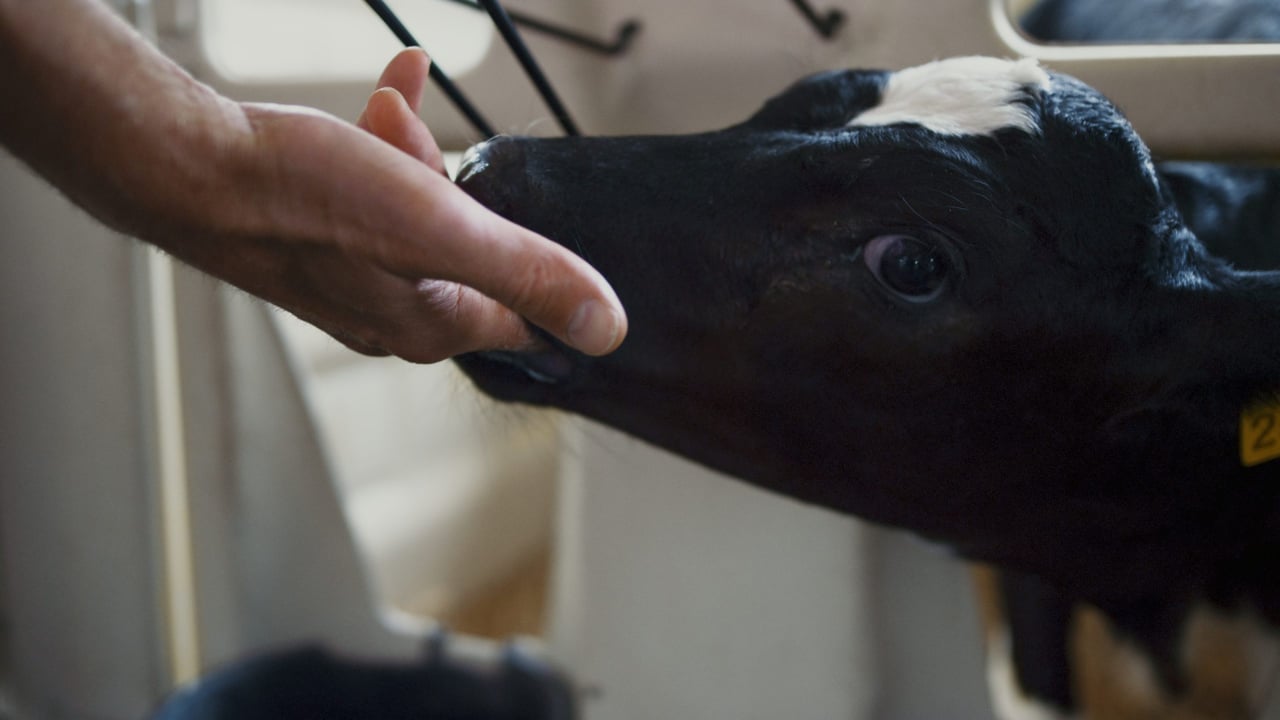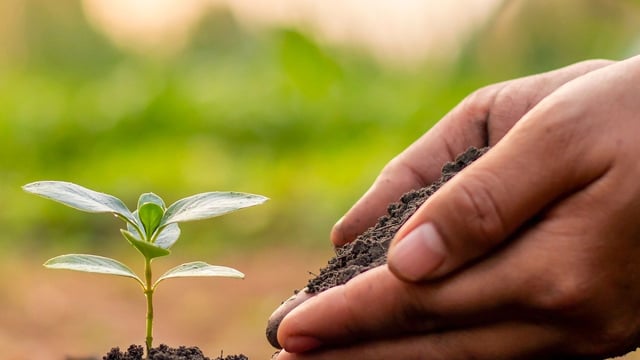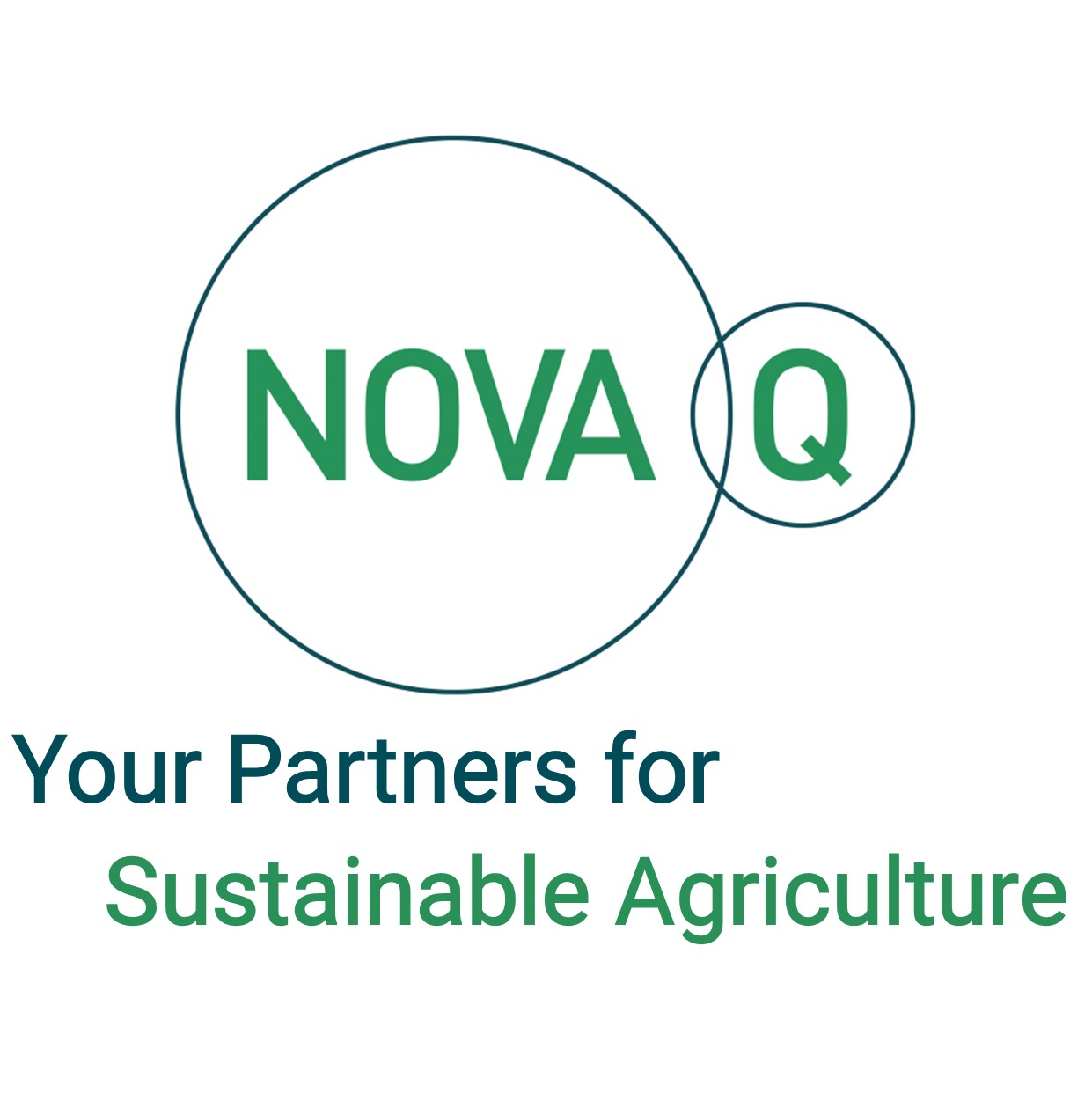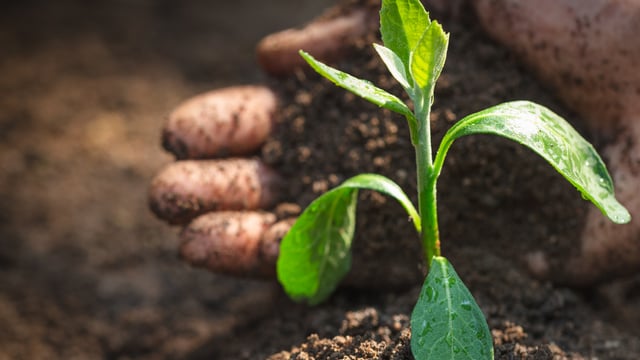Watch: Genetic resistance - why is it important in the fight against TB?
In the third instalment of Agriland’s new series, Silent spread – Ireland’s TB battle, we examine why increasing the genetic resistance in the national herd to the disease could be a crucial step forward.
Latest national statistics show reactor numbers have hit a high of 43,290, while the cost of running the TB programme in the first six months of this year has soared to more than €52.01 million.
The Minister for Agriculture, Food and the Marine, Martin Heydon, has said he is currently working on a new TB plan that he intends to "finalise and publish shortly".
He has pledged that any new measures that will be put in place will be "based on the best scientific and veterinary advice".
According to Prof. Donagh Berry, senior principal investigator in quantitative genetics at Teagasc, Moorepark, one key line of line of defence for Ireland is being able to breed animals that are more resistant to TB.
He said breeding for TB resistance "will not eliminate the disease overnight" but it can play a key role in reducing the risk of breakdowns.
According to Prof. Berry, the traditional control measures like testing, culling, and biosecurity remain essential but genetic improvement is an important way to compliment these measures.
Some animals are naturally born with a stronger ability to resist TB infection, which is known as "genetic resistance".
Prof. Berry said: "TB is obviously a huge issue at the moment, growing incidence, we need to use everything that we have in our toolbox to try to address it - one of the main technologies that we have now is being able to breed animals that are more resistant to TB.
"We've known for many decades that we can breed animals that are more resistant to the likes of mastitis or lameness.
"If we look at TB in Ireland around 12% of the differences amongst Irish dairy cows as to whether or not they to succumb to TB is actually due to genetic differences - so that's a lot more than what we would have seen for fertility for example".
He said the track record of the Economic Breeding Index (EBI) underlines what has been done to improve the fertility of the Irish dairy herd and he believes there is "massive potential" to also increase the genetic resistance of Ireland's national herd to TB.
TB resistance is now a trait within both the EBI and dairy-beef index (DBI), which Teagasc has said accounts for ~3% of emphasis within each.
According to Teagasc, "enhancing genetic resistance" to TB can significantly reduce the number of reactors, minimise herd disruptions, and lower costs.
There are Irish Cattle Breeding Federation (ICBF) genetic evaluations for individual bulls and cows on their resistance to TB.
Teagasc has advised farmers that to improve resistance to the disease they should aim to use bulls with a breeding value below 8.5%.
But for faster progress, farmers should "select bulls with a breeding value below 6.5%".
According to Teagasc, even if a herd has never had a TB breakdown, all animals will still have a TB genetic resistance score.
It said because of the "widespread use of AI and robust parentage recording; many animals are therefore genetically related, so the sharing of genes enables the prediction of a genetic risk score to TB".
Prof. Berry said the fact that animals can be predicted - at time of birth - to be genetically more resistant to TB can deliver a major advantage for farmers.
He said in relation to TB there is not going to be a massive improvement in one or two years "but we've seen it for fertility - EBI is there for 25 years and the longer it goes on this benefit is just cumulating".





